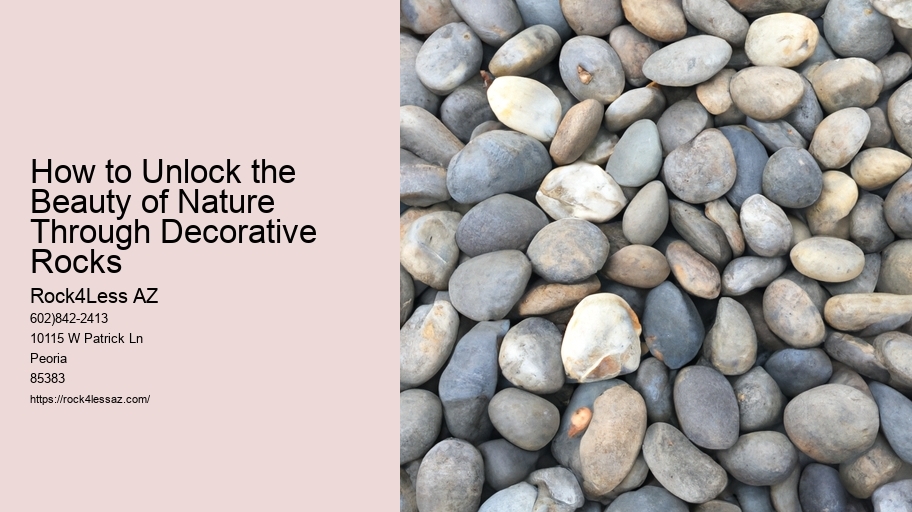Are you looking to enhance the visual appeal of your garden? Look no further than decorative rocks. These versatile and visually striking elements can add color and texture to your outdoor space.
In this article, we will explore the art of incorporating decorative rocks into your garden design. From selecting the right rocks to creative placement ideas, we will guide you on how to transform your garden into a stunning oasis that will leave your guests in awe.
Choosing the Right Decorative Rocks for Your Garden
When selecting decorative rocks for your garden, it is important to consider the specific needs and aesthetic preferences of your garden's design. Rocks come in a variety of colors, shapes, and sizes, each offering unique characteristics that can enhance the overall look and feel of your garden.
For example, if you have a modern garden design, you may want to opt for sleek, smooth rocks in neutral tones such as black or gray. On the other hand, if you have a more naturalistic garden, you might choose rocks with irregular shapes and earthy colors like brown or tan.
Additionally, consider the texture of the rocks as it can add depth and visual interest to your garden.
Ultimately, the right decorative rocks will complement your garden's design and create a harmonious and visually appealing outdoor space.
Creative Ways to Incorporate Decorative Rocks in Your Landscape Design
While there are various ways to incorporate decorative rocks into your landscape design, one creative approach is to use them as border edging for flower beds or pathways. This not only adds a unique touch to your garden but also serves a functional purpose.
By placing decorative rocks along the edges of your flower beds or pathways, you create a defined border that helps prevent soil erosion and keeps the plants contained. Additionally, the rocks add visual interest, texture, and color to your garden, enhancing its overall aesthetic appeal.
You can choose rocks of different sizes, shapes, and colors to create a custom look that complements the surrounding plants and hardscape features. Consider using rocks with smooth surfaces for a more modern or contemporary design, or opt for rougher textures for a rustic or natural look.
